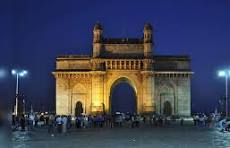An application along with processing fee of INR equivalent to USD 225 is required to be made online, to enable submission of your application. Please note that application-processing fee is non-refundable, and will not be returned under any circumstance. Kindly ensure that your production is a Feature Film, TV/Web show and series & Reality TV/Web show and series. ICH does not accept application for Documentary films, AV commercials and music videos.
The India Cine Hub (ICH)
NFDC - FD Complex,,
24 Dr. Gopal Rao Deshmukh Marg,
Mumbai - 400026
Maharashtra, India









